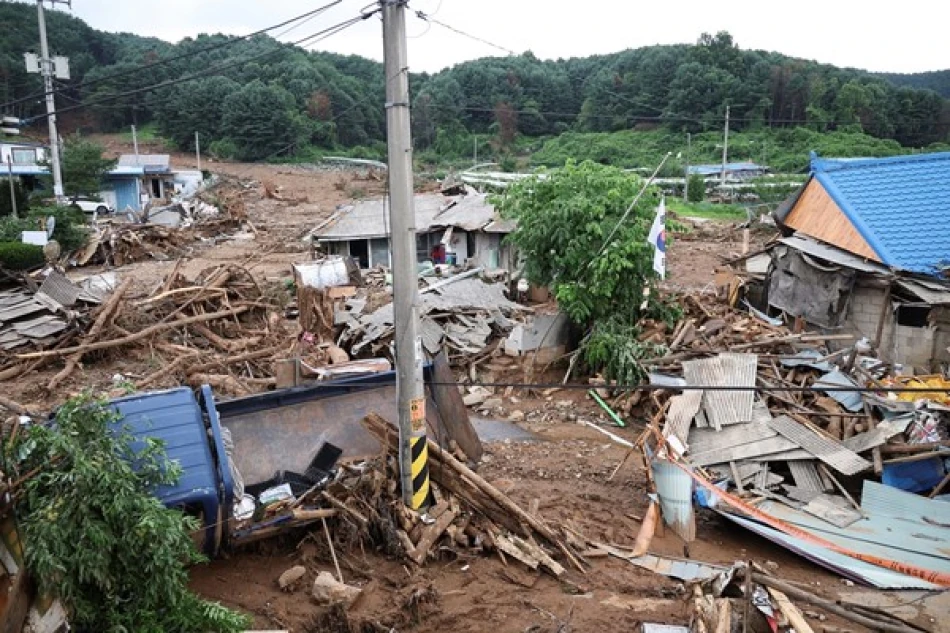
South Korea Reveals Devastating Toll from Deadly Floods and Landslides
South Korea Faces Deadly Monsoon Crisis as Climate Extremes Test Infrastructure Resilience
South Korea's summer monsoon season has turned catastrophic, claiming 18 lives and displacing over 14,000 residents as torrential rains and landslides devastate the peninsula. The disaster, which began Wednesday, highlights the growing vulnerability of densely populated East Asian nations to increasingly severe weather patterns linked to climate change.
Mounting Casualties and Infrastructure Collapse
The Korean Ministry of Interior reported nine people remain missing as rescue operations continue across affected regions. Since the heavy rainfall began, authorities have documented nearly 2,000 cases of road flooding, landslides, and public facility destruction, according to South Korea's Yonhap News Agency.
Private property damage has been equally severe, with more than 2,200 reports filed as homes, businesses, and agricultural areas bear the brunt of the extreme weather. The scale of displacement—14,000 people forced from their homes—represents one of the most significant weather-related evacuations in recent Korean history.
Regional Pattern of Intensifying Monsoons
This disaster fits a troubling regional trend. East Asian monsoons have become more unpredictable and intense over the past decade, with China, Japan, and South Korea all experiencing record-breaking rainfall events. Last year, similar flooding in China's Henan province killed over 300 people, while Japan has faced increasingly deadly landslides during its rainy season.
South Korea's mountainous terrain and rapid urbanization create particular vulnerabilities. The country's dense population centers, often built in valleys and coastal plains, become natural flood zones when drainage systems overwhelmed by unprecedented rainfall volumes.
Economic and Policy Implications
The disaster strikes at a critical time for South Korea's economy, already grappling with supply chain disruptions and inflation pressures. The country's major industrial centers, including semiconductor and automotive manufacturing hubs, face potential production delays if transportation networks remain compromised.
Infrastructure Investment Reality Check
South Korea has invested heavily in flood management systems, but this week's events suggest current infrastructure may be inadequate for the new climate reality. The government will likely face pressure to accelerate climate adaptation spending, potentially impacting fiscal priorities and public debt levels.
Insurance markets are already pricing in higher weather-related risks across the region. Korean insurers may face significant claims, while reinsurance costs for natural disasters are expected to rise further, affecting everything from construction projects to agricultural policies.
Broader Climate Adaptation Challenge
South Korea's experience mirrors challenges facing developed nations worldwide as climate change intensifies extreme weather events. Unlike developing countries that often lack early warning systems, South Korea's advanced meteorological capabilities and disaster response protocols still proved insufficient against nature's raw power.
The disaster underscores a harsh reality: even wealthy, technologically advanced nations must fundamentally rethink urban planning, infrastructure design, and emergency preparedness for an era of climate extremes. South Korea's recovery and adaptation response will likely serve as a model—or cautionary tale—for other developed nations facing similar challenges.
Most Viewed News

 Layla Al Mansoori
Layla Al Mansoori






